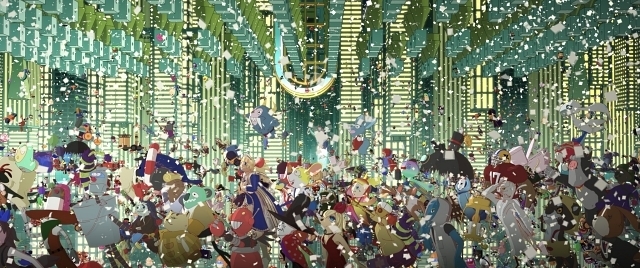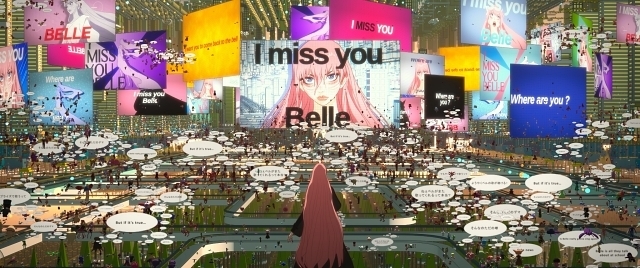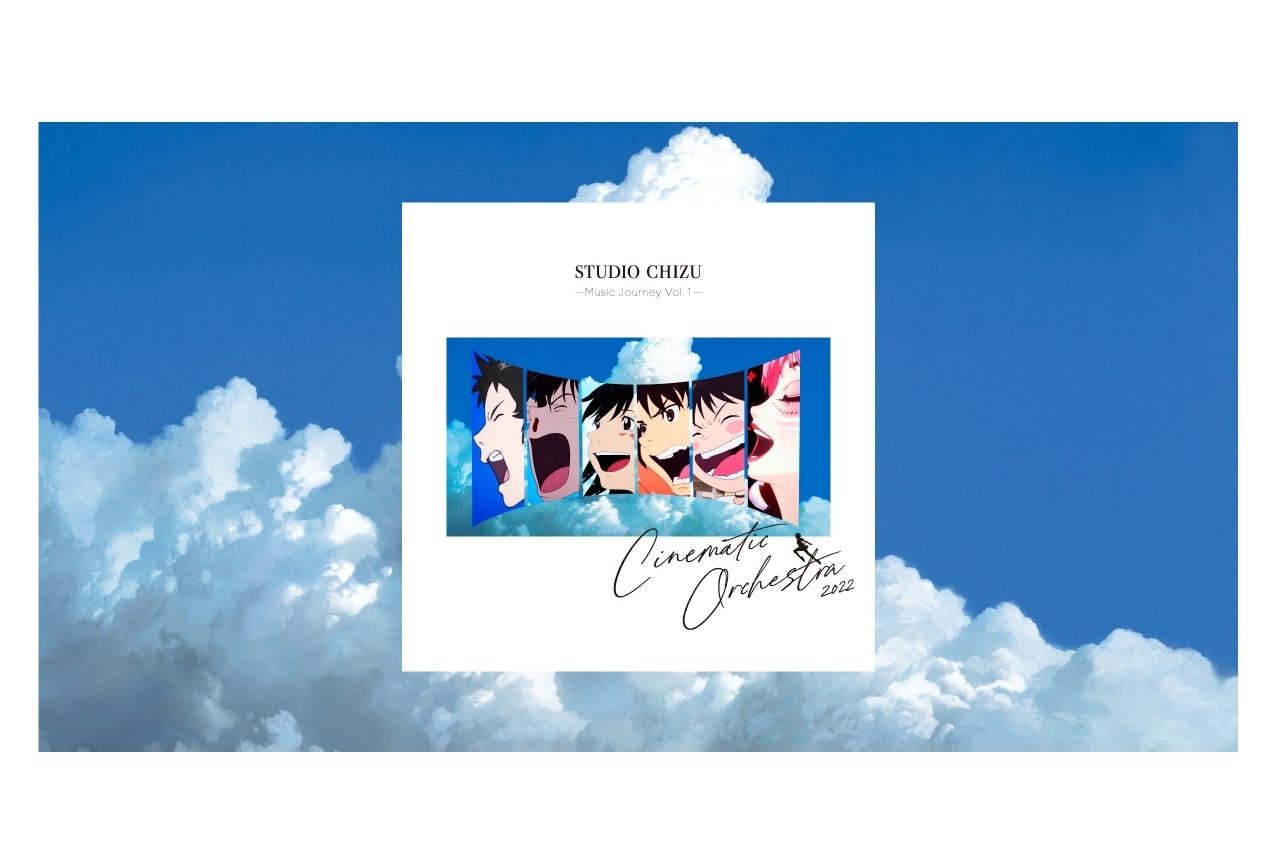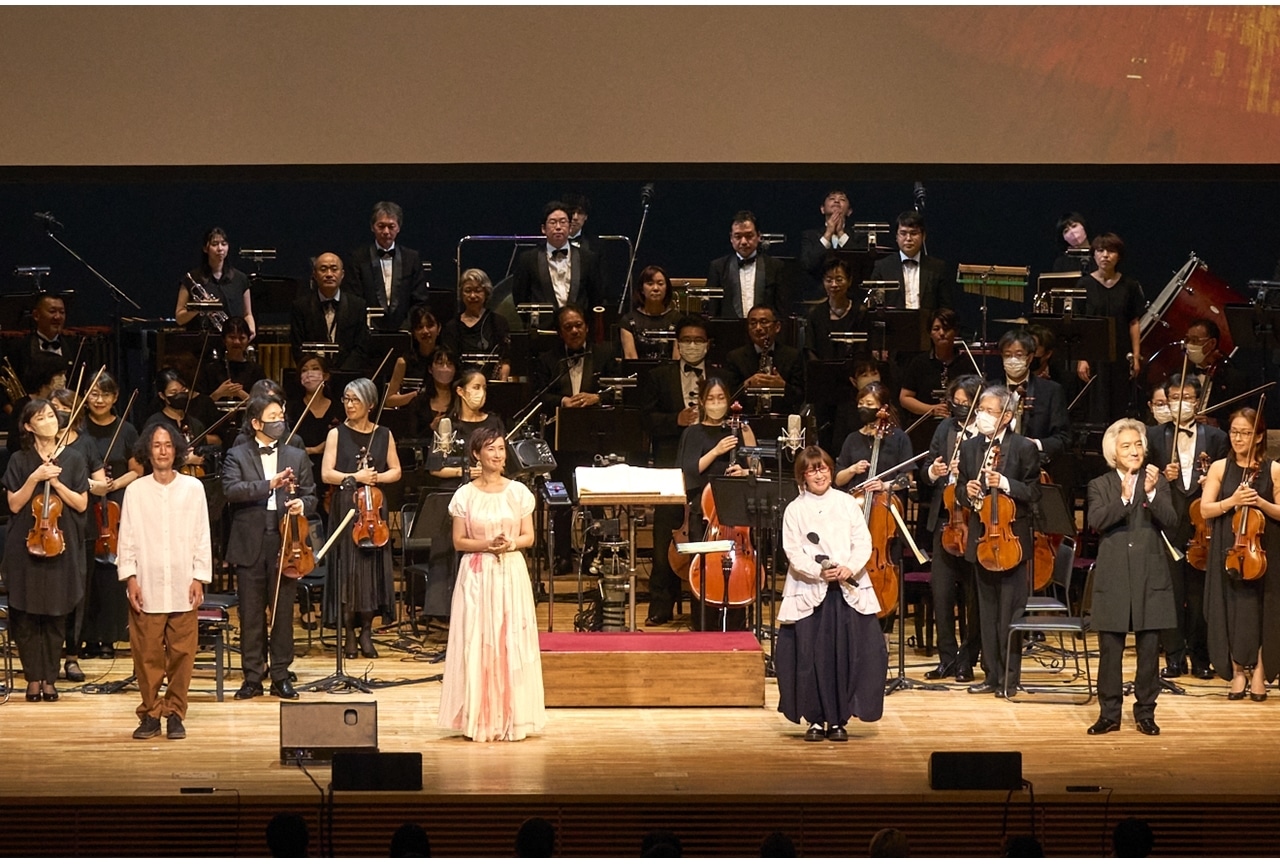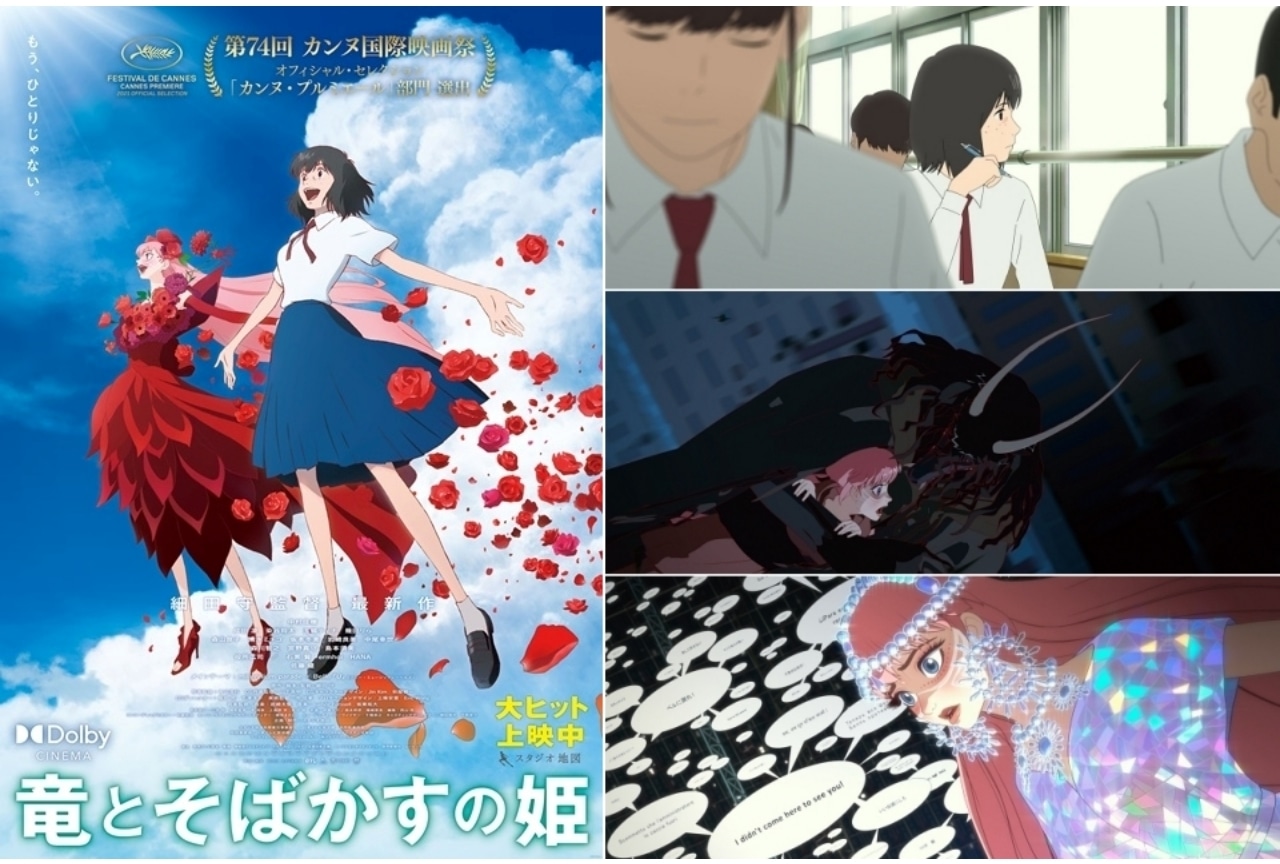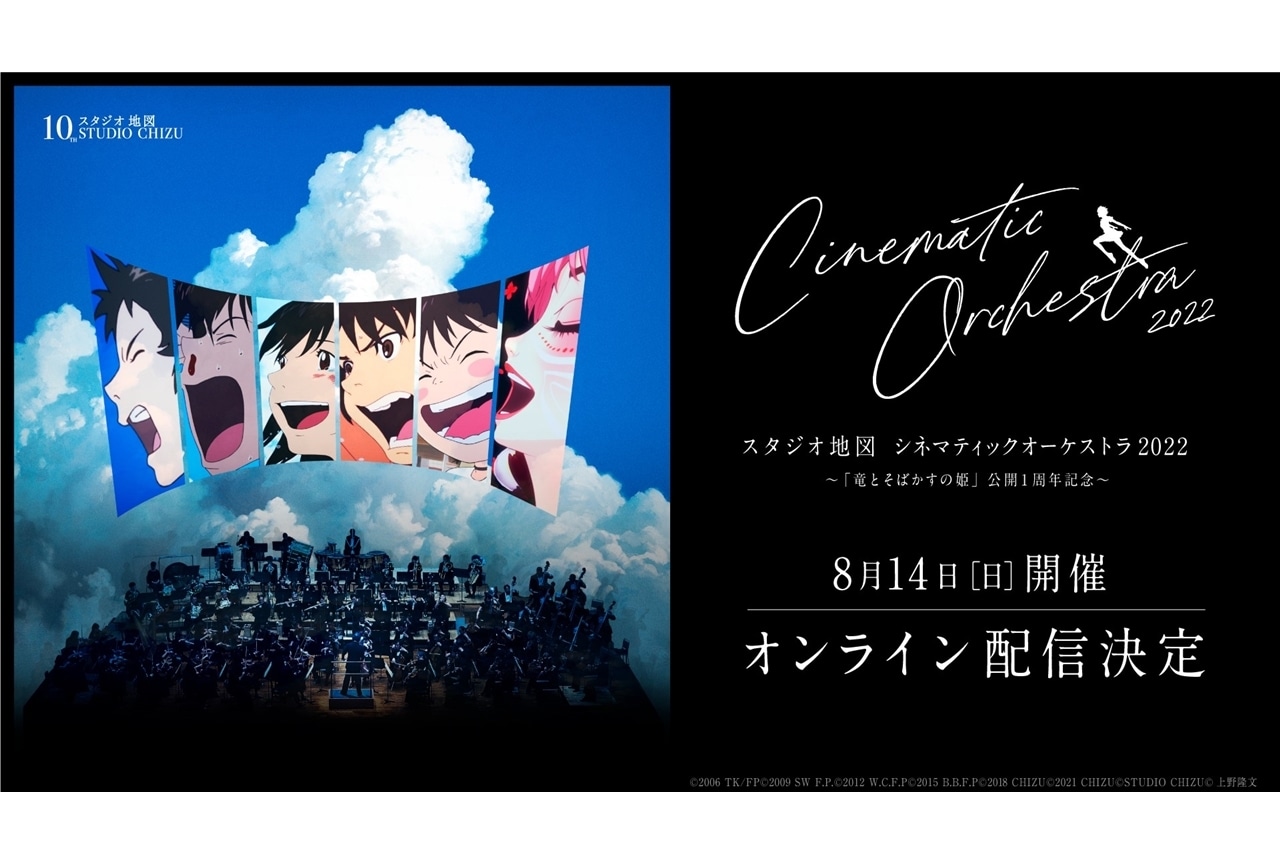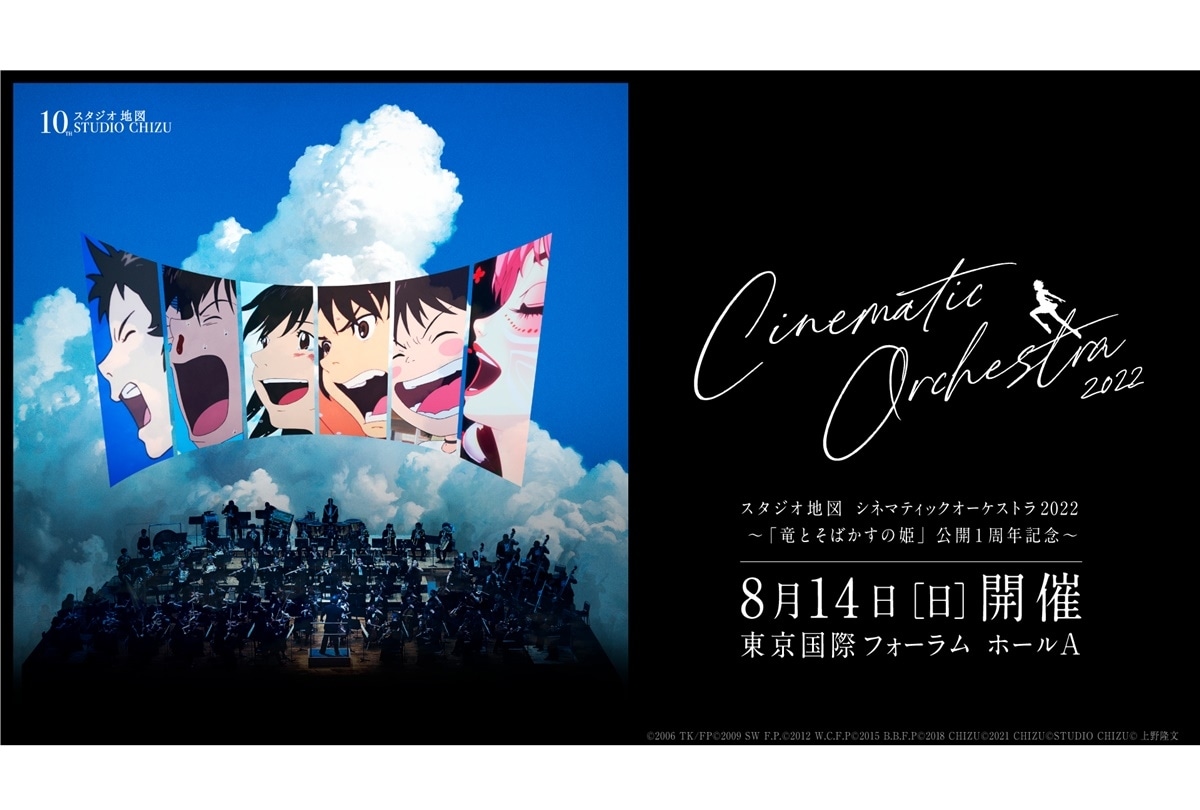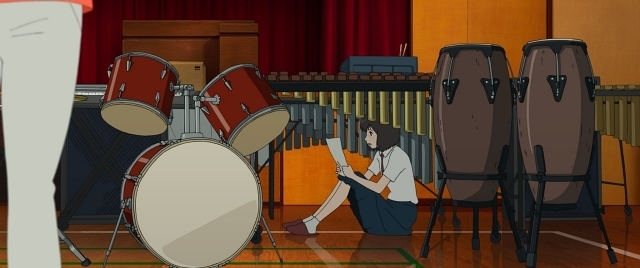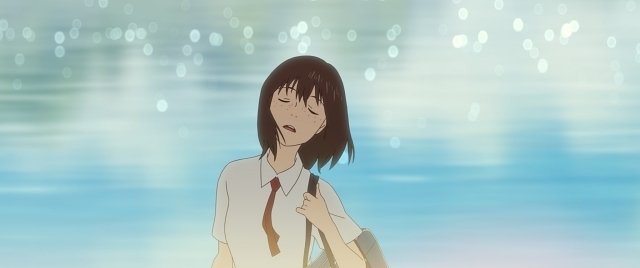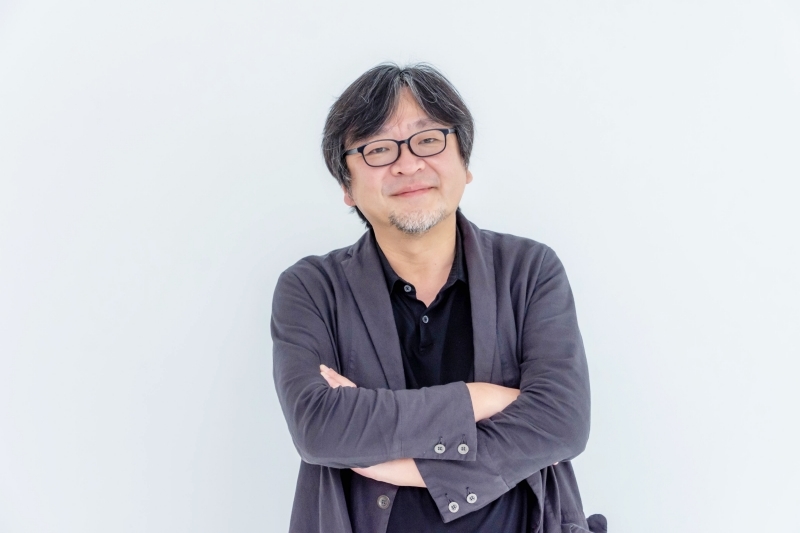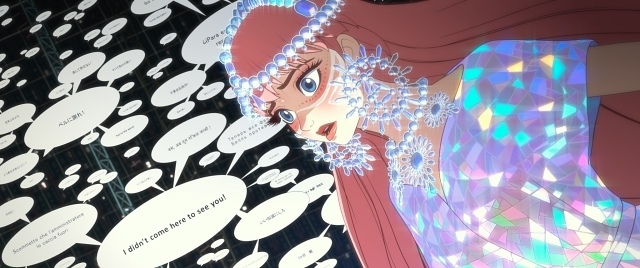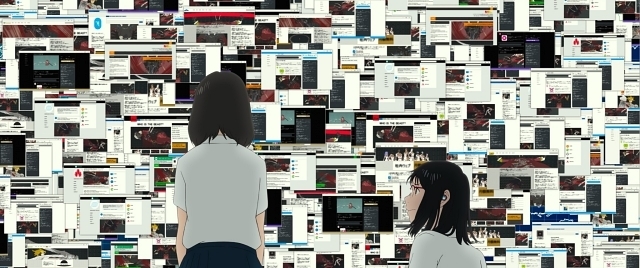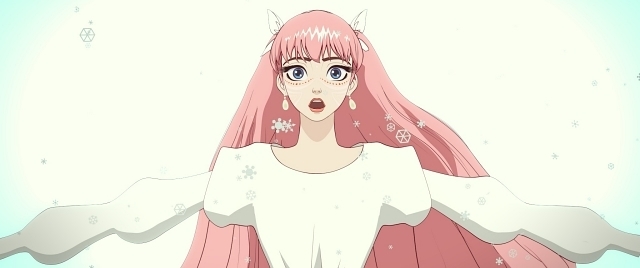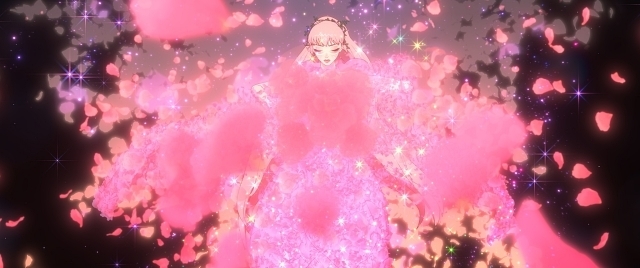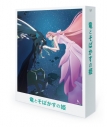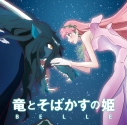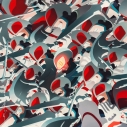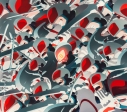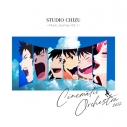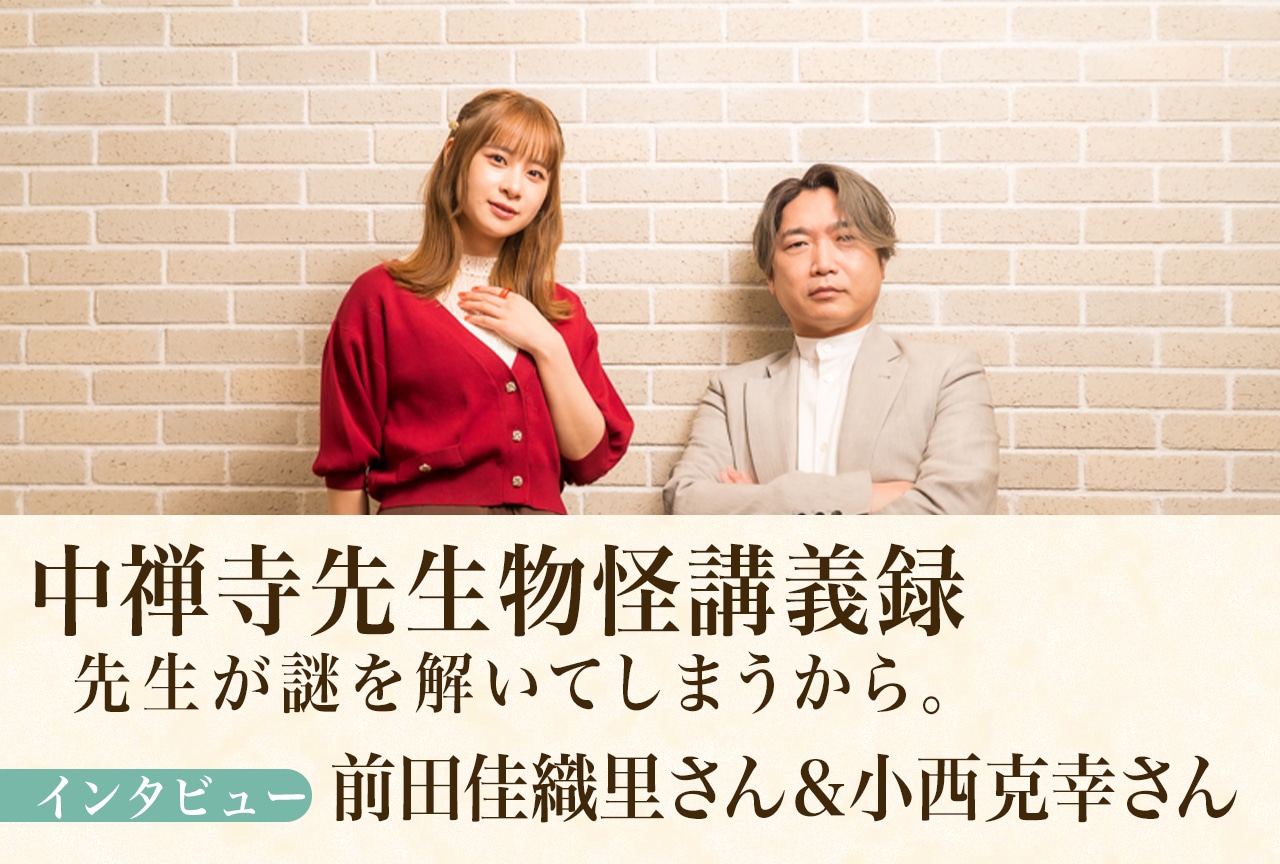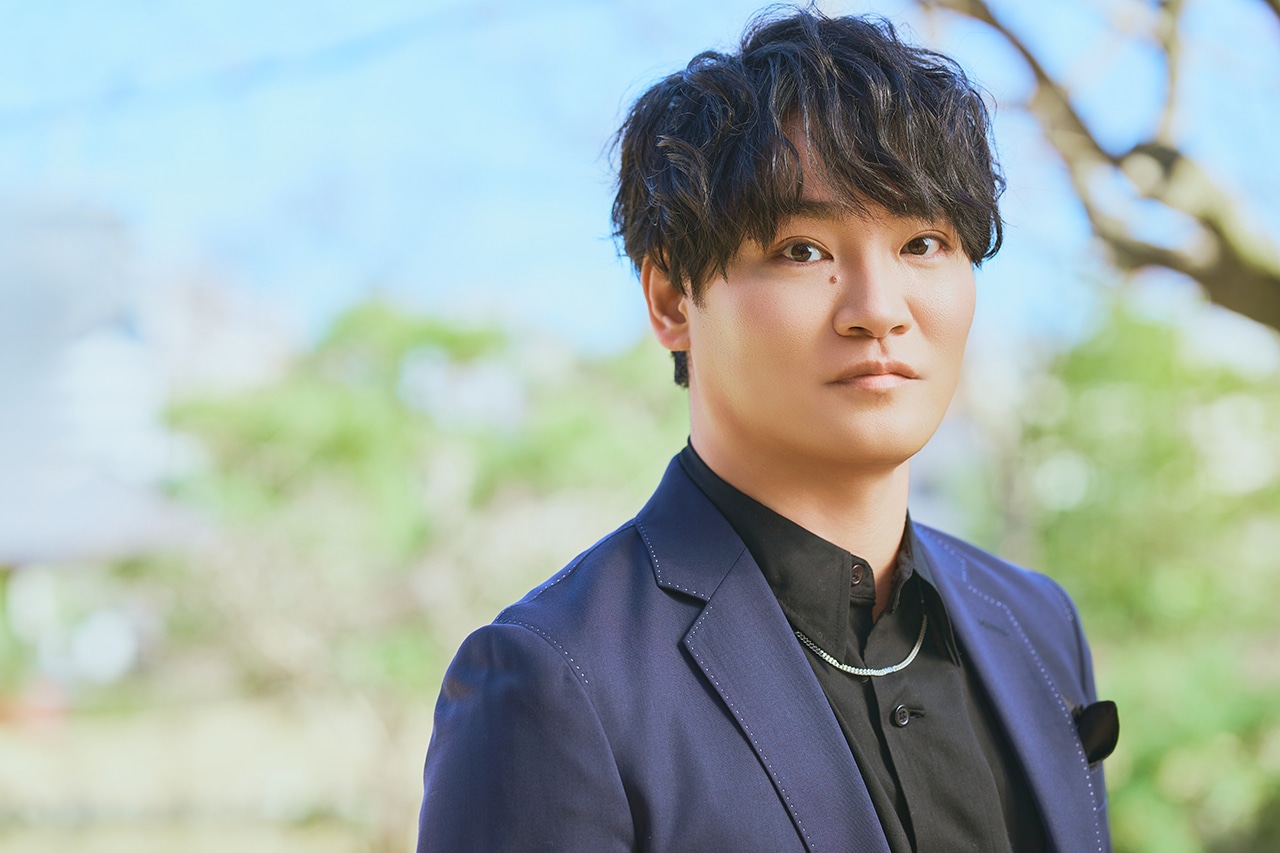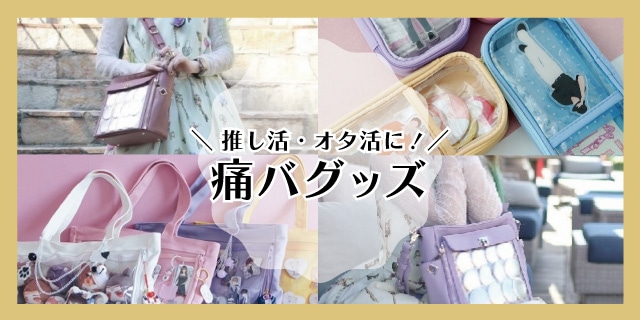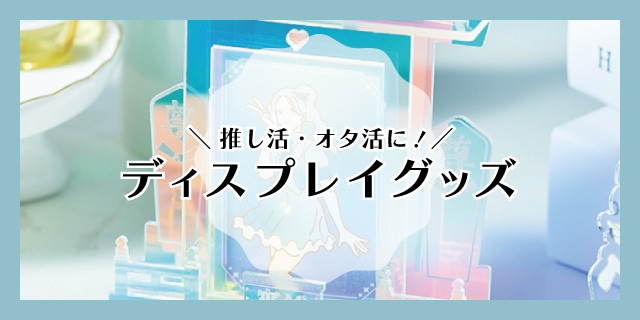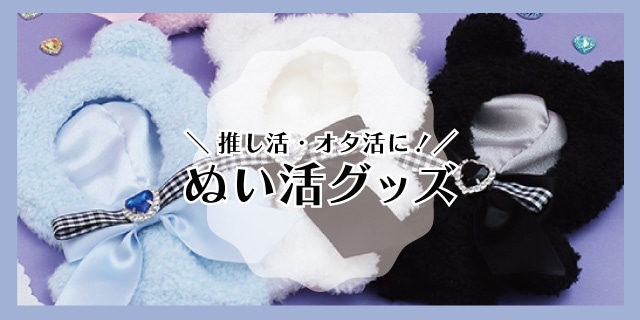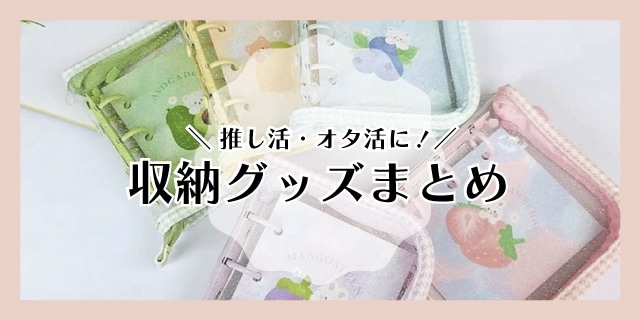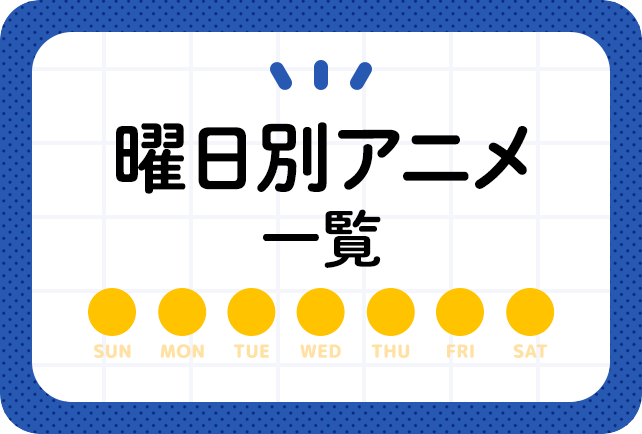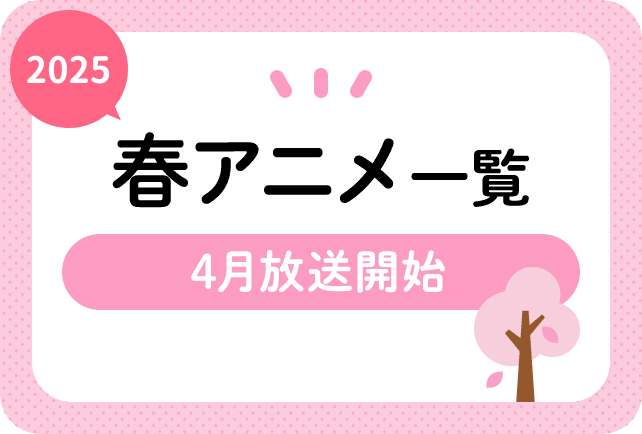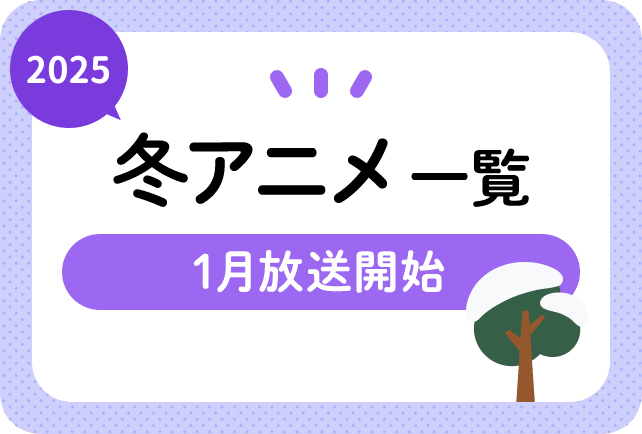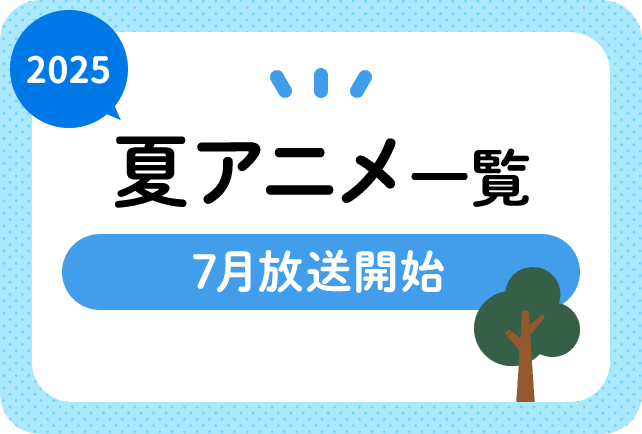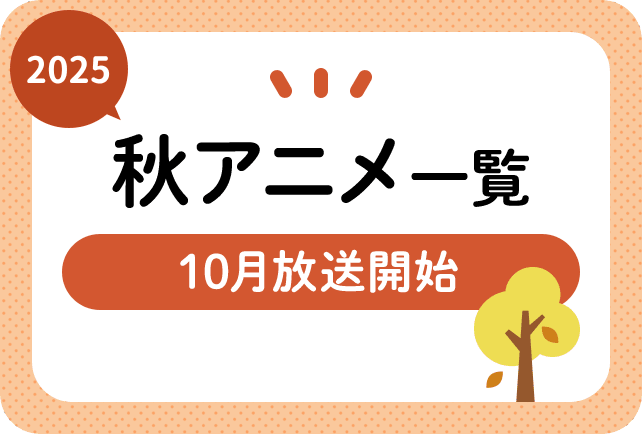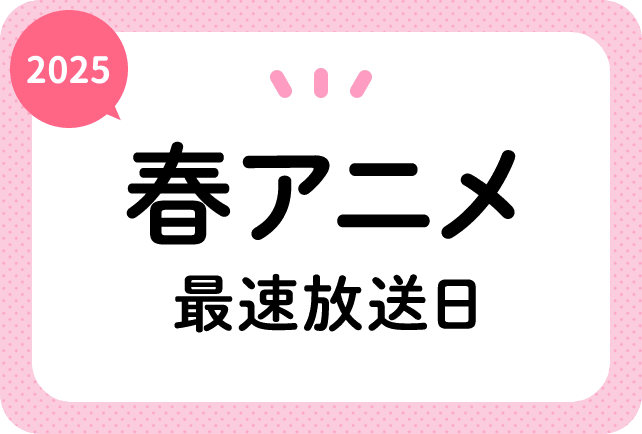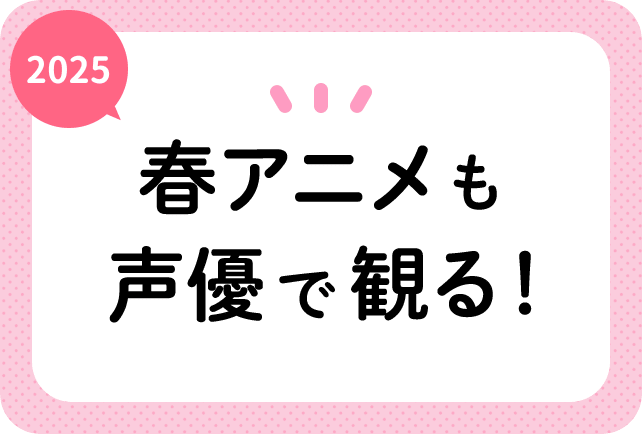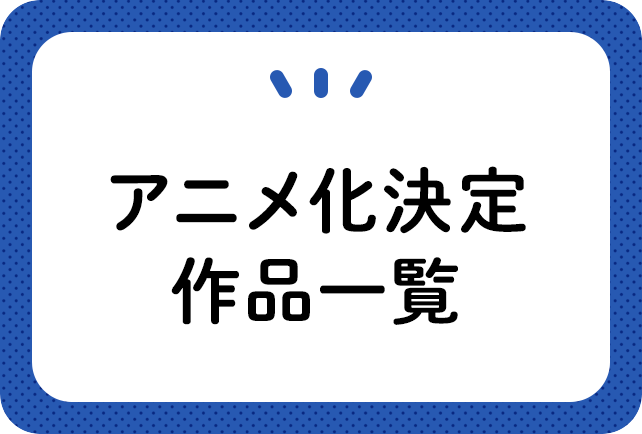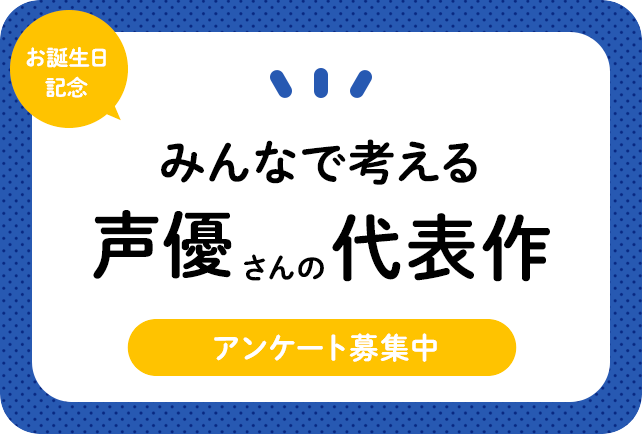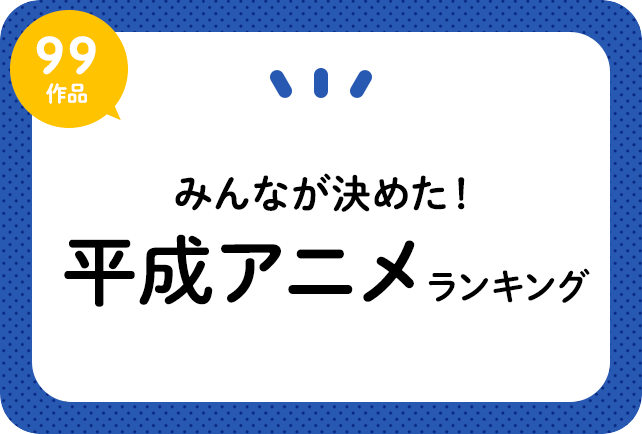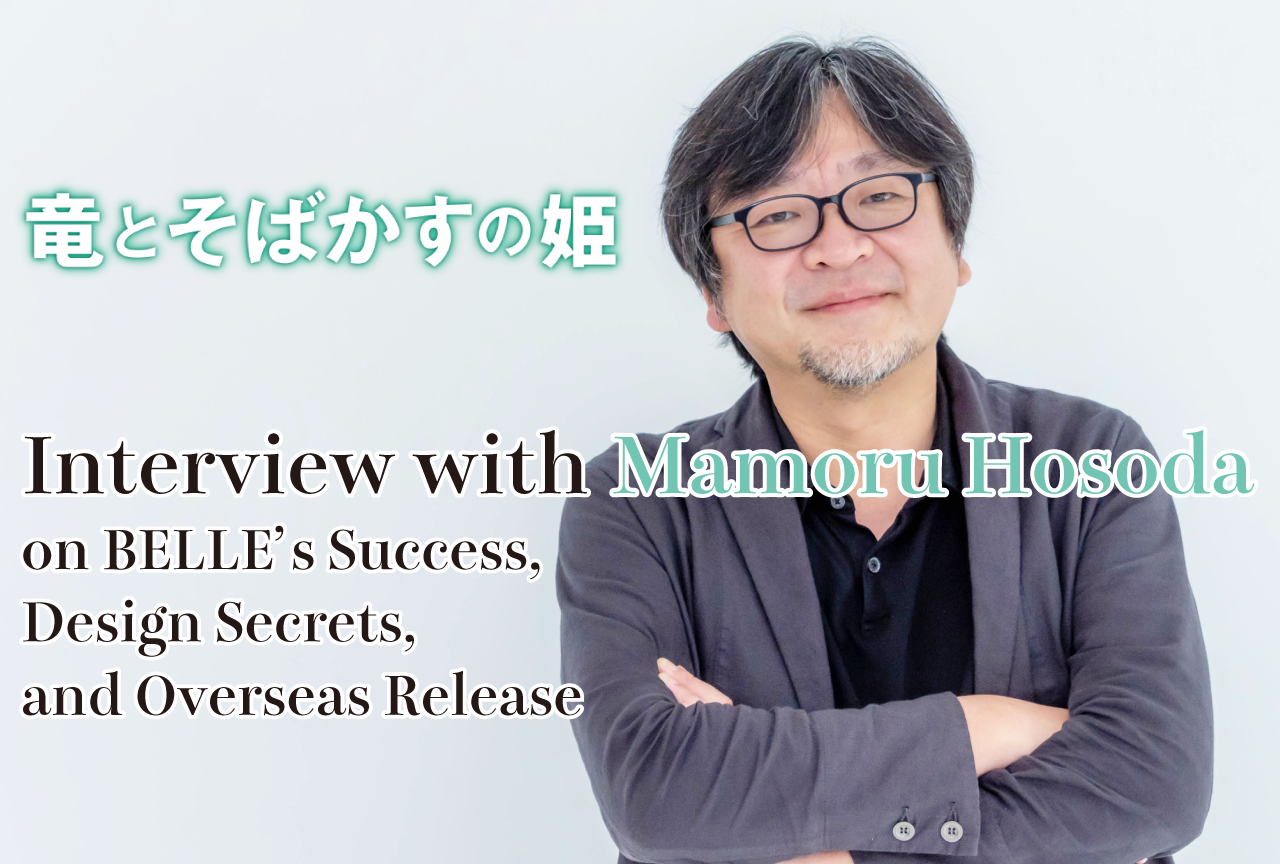
Interview with Mamoru Hosoda on BELLE’s Success, Design Secrets, and Overseas Release
People Who Live in Kochi Can Enjoy the Movie More?!
ーーWhat impression did you have of the movie when you were done making it?
Hosoda: There was some resistance when making BELLE, but we had made a good film based on a solid foundation, and it was an exciting new work.
ーーWhat kind of resistance?
Hosoda: Specifically in regards to the CG. We’ve sufficiently utilized CG in our films up until that point, but it is a central component of BELLE. So we went in and tried to use CG to capture the main character's feelings and emotions.
Up until now, CG animation has been somewhat awkward, and the characters have seemed like lifeless dolls. For BELLE, we thoroughly prepared and focused on creating a strong character that was full of soul.
We talked a lot about whether hand-drawn or CG animation would be better, but we decided that we should change depending what we wanted to express because of the difference of the tools and the types of brushes. Portraying a girl quietly living in rural Kochi with detailed hand-drawn animation is fine for an animated movie. I want to keep on proactively using traditional animation as a method of expression.
ーーThe people of Kochi prefecture were quite excited about this movie.
Hosoda: BELLE is a movie where you can enjoy the real world and the virtual world, but for the people of Kochi there was the added factor of scenery that they knew, so there were three layers that they could take an interest in. They said, "The residents of Kochi can enjoy the movie more than people from other areas.”
Localities with a river flowing through the center like Kochi are very beautiful. Drawing students in a sentimental era living in a charming town is a movie in and of itself.
Finding Happiness in Sharing Animation with the World
ーーI want to ask about the overseas distribution of the film. How was the Cannes Film Festival?
Hosoda: BELLE was screened at the Cannes Film Festival as part of the Cannes Premiere selection. It was one of the films that were screened during the newly established main part of Cannes.
There was a chance that we were not going to be able to finish production due to the pandemic, but we were able to complete it ten days before the festival. It was first shown in a theater with over 1,000 people, including movie journals and reviewers who attended to cover the world premiere.
When the movie finished, the entire audience stood up, and I received an over ten-minute long standing ovation. I understood how well the movie was liked based on that applause and understood that the audience watched something they wanted to see. I was able to clearly feel the positive reaction.
ーーI see. How do you feel about the European and American release of the film?
Hosoda: I'd be happy if the movie itself could connect people throughout the world. I hope it can be recognized for what it is and overcome the categorization of "animation" and a "Japanese movie."
The concept of animation being for kids or nerds exists even in Japan, but there is a history of steadily eroding these walls and being received by a wider audience.
ーーFrom here on out, BELLE is going to be released in Asia, followed by Europe and North America. This interview is going to be translated so that it can reach as many people as possible. Do you have a message for movie-goers throughout the world?
Hosoda: The world is changing, so the way we look at movies is changing too. No longer are movies that are made in a particular country only enjoyed there, but they can be enjoyed regardless of where the viewer is born.
With all of the changes happening in the world, we should try to reach out to as many people as possible. Due to this, I think there will be a shift in global values – I believe we are in the middle of that maelstrom now.
In the midst of this, we created BELLE while thinking about what kind of era we want to live in. I want the citizens of each country to have fun pursuing these values for themselves.




